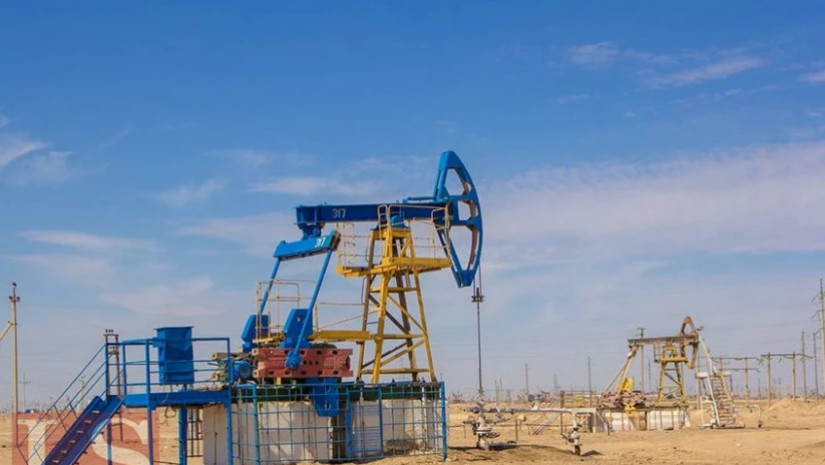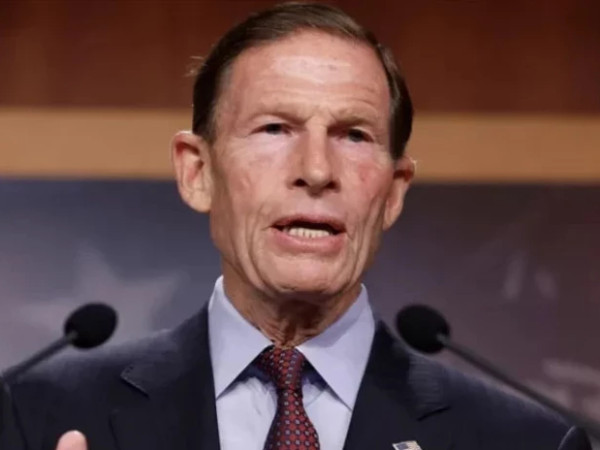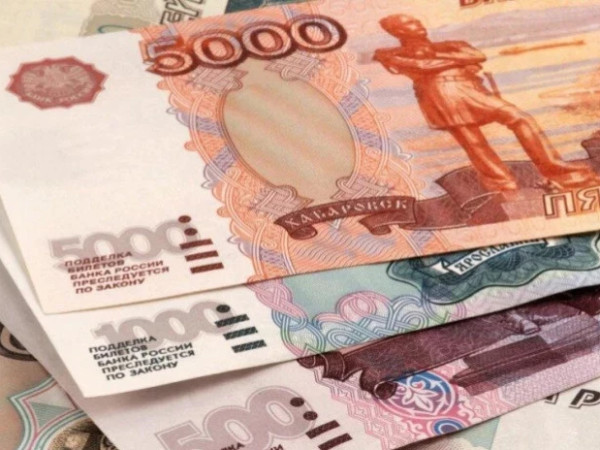Oil futures jumped more than 2% at the start of the first trading session since the U.S. launched direct attacks against Iran, casting a shadow over the supply outlook in the embattled oil-rich Middle Eastern region.
U.S. crude oil on Sunday evening rose $1.76, or 2.38%, to $75.60 per barrel, while global benchmark Brent was up $1.80, or 2.34%, to $78.81 per barrel. Brent had jumped 5.7% to crack $81 before easing.
President Donald Trump on Saturday surprised markets with the announcement that Washington had directly entered the Iran-Israel conflict, launching attacks against three Iranian nuclear sites in Fordo, Natanz and Isfahan.
Investors are now looking to see how Iran will respond to the unprecedented U.S. strikes. Iran’s foreign minister said Sunday the Islamic Republic reserves “all options” to defend its sovereignty. The initial rise in oil prices could ease if Iran does not respond, according to S&P Global Platts.
The worst-case scenario for the oil market would be an attempt by Iran to close the Strait of Hormuz, according to energy analysts. Some 20 million barrels per day of crude, or 20% of global consumption, flowed through the strait in 2024, according to the Energy Information Administration.
Iranian state media reported that Iran’s parliament had backed closing of the strait, citing a senior lawmaker. However, the final decision to close the strait lies with Iran’s national security council, according to the report.


















